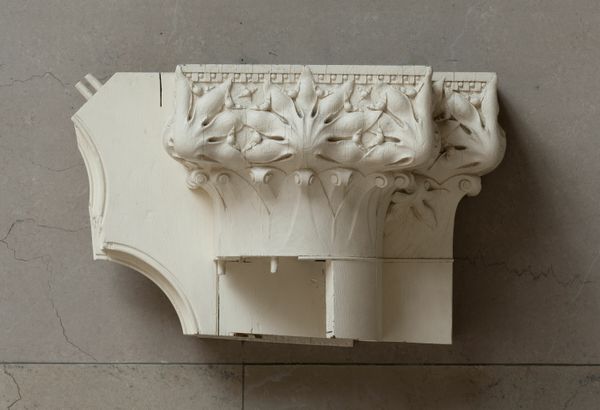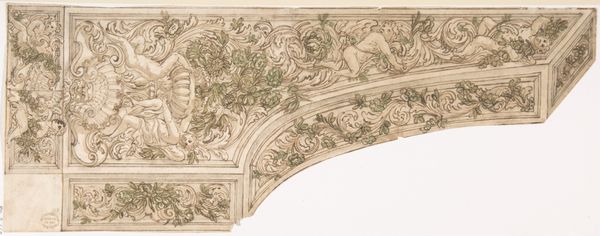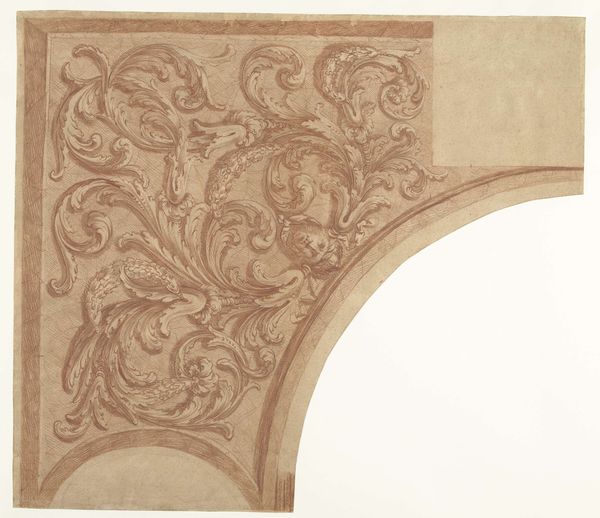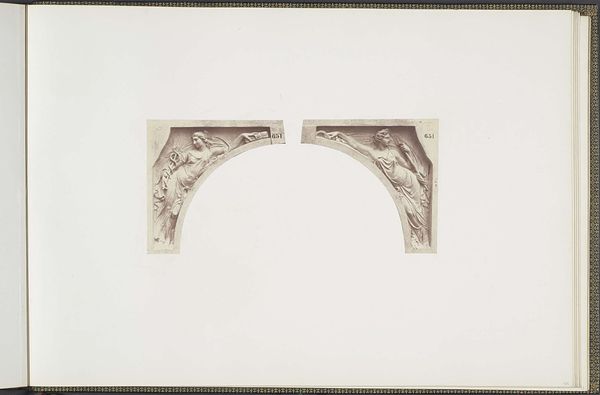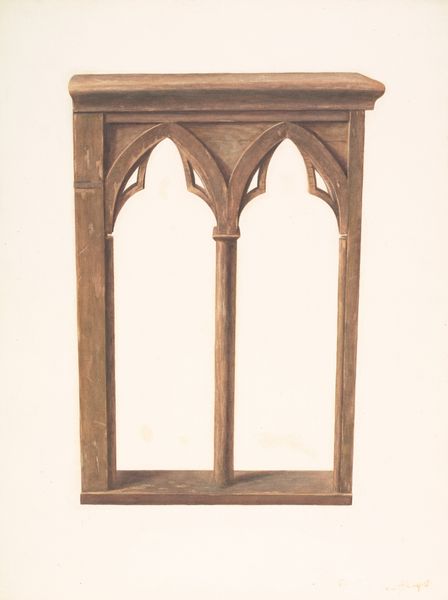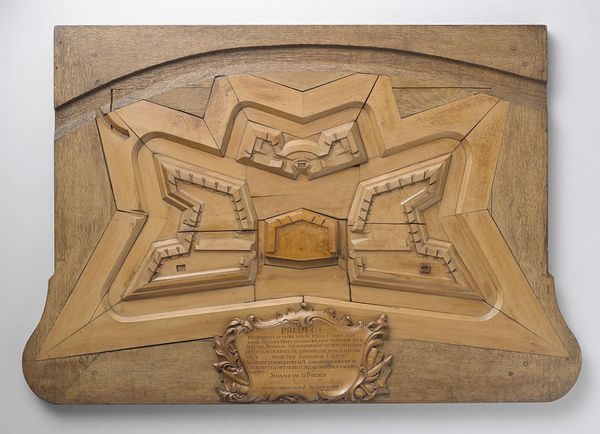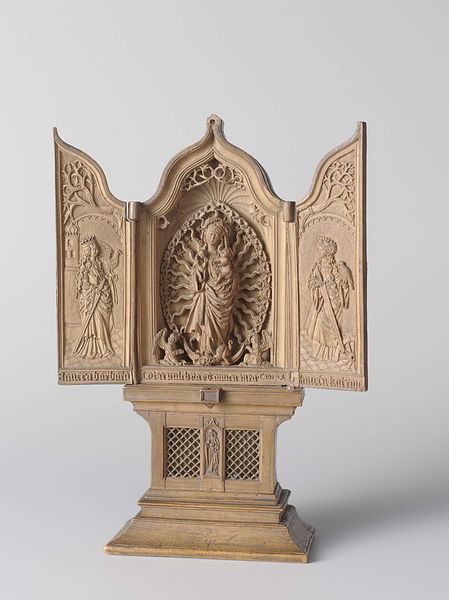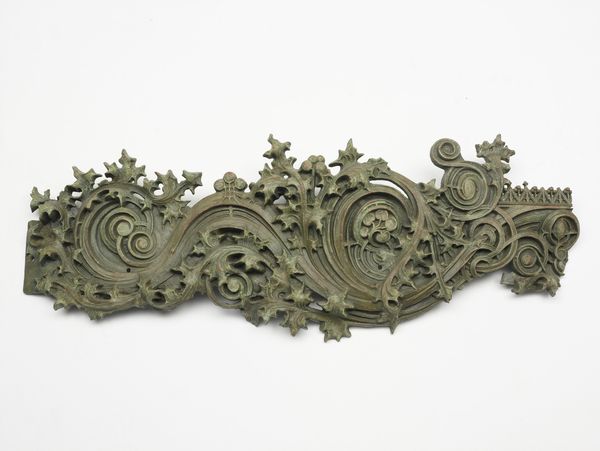
Tracery Arcade from the Great South Window of Canterbury Cathedral 1426 - 1435
0:00
0:00
carving, relief, sculpture, marble
#
medieval
#
carving
#
gothic
#
relief
#
curved arc
#
sculpture
#
marble
#
medieval-art
Dimensions: 25 × 49 5/8 × 15 9/16 in. (63.5 × 126 × 39.5 cm) 560 lbs + 165 lb crate (254 kg +75 kg crate)
Copyright: Public Domain
Curator: The first impression this evokes in me is that of a delicate skeleton, perhaps of a giant sea creature. What’s the story behind it? Editor: This is a marble tracery arcade from the Great South Window of Canterbury Cathedral, dating back to between 1426 and 1435. Master Mason Stephen Lote likely oversaw its creation. Today, it resides at the Metropolitan Museum of Art. Curator: Lote, huh? It looks so incredibly painstaking, I imagine it took a team, generations even, all carving away... what, faith? Dust? But let’s get real, the process... the quarries, the workshops… who exactly was doing the heavy lifting? Editor: Well, Gothic architecture and sculpture were indeed communal endeavors. Consider the social stratification involved: the skilled masons like Lote who designed and oversaw, the journeymen who executed the designs, and the laborers who quarried and transported the stone. Their combined labor transformed raw material into expressions of faith and power. We mustn’t forget the economic networks that facilitated such grand undertakings, all fueled by patronage and the circulation of resources. Curator: True, but doesn’t it all boil down to faith anyway? I mean, just look at the upward thrust of it, this striving… You can practically feel the light flooding through those arched openings, can't you? Did Lote know he was essentially carving light itself, not just stone? Editor: That's one reading, of course. But the material reality is also one of calculated engineering and resource management. Each curve and rib had to be precisely planned and executed to support the massive weight of the structure. It’s a testament to the intersection of craftsmanship and the practical needs of architectural construction, underpinned by a system of economic support that determined how all of this work could happen in the first place. Curator: Okay, point taken. There's the earthly and there’s the… something beyond it, shimmering in marble. I still maintain this fragile thing embodies some sort of soaring hope. Editor: Indeed, the skill required to carve marble with such intricacy suggests a desire for aesthetic transcendence… something for all to enjoy as they made their pilgrimages and perhaps forgot about their work if only for a moment.
Comments
No comments
Be the first to comment and join the conversation on the ultimate creative platform.


